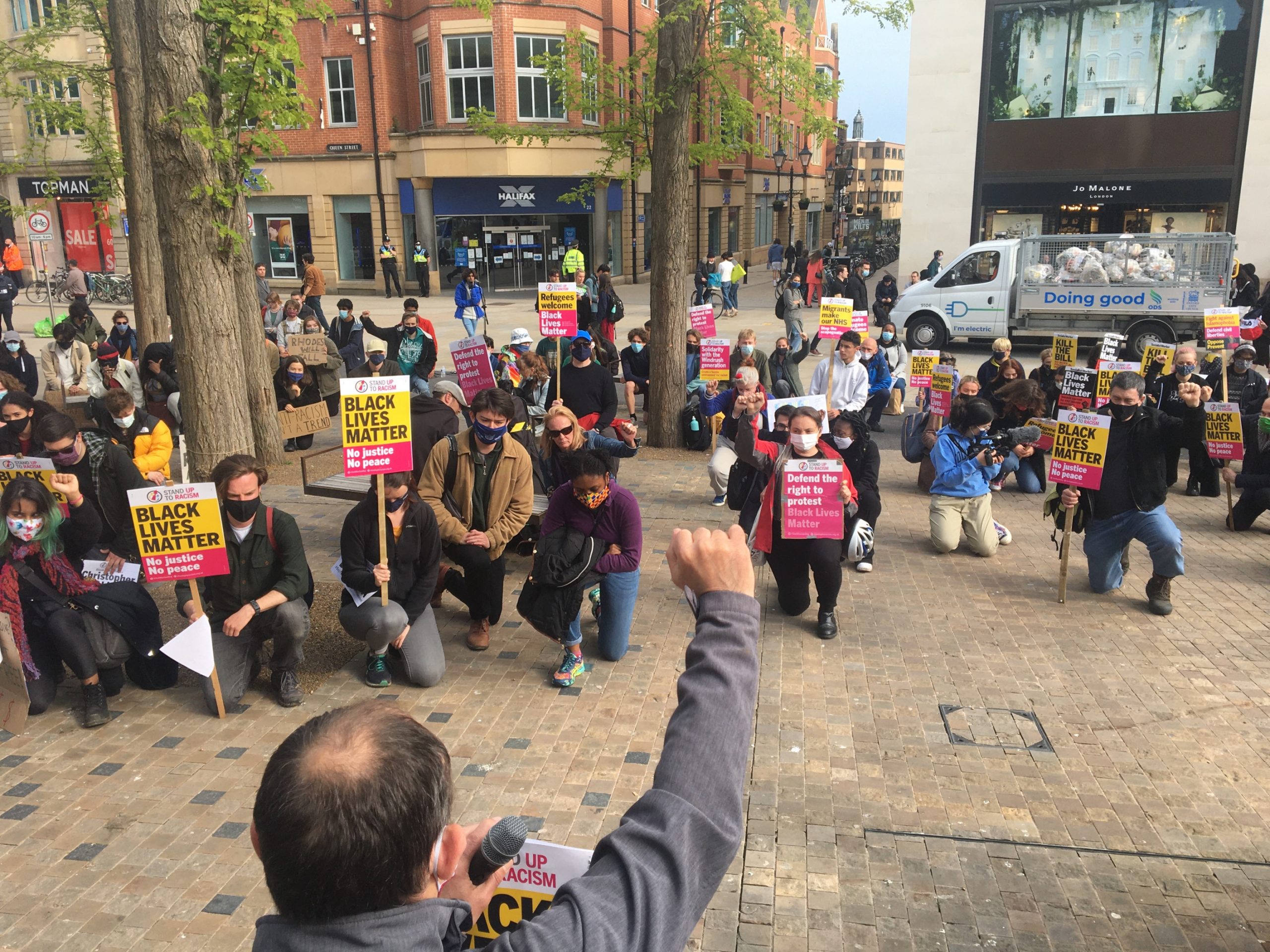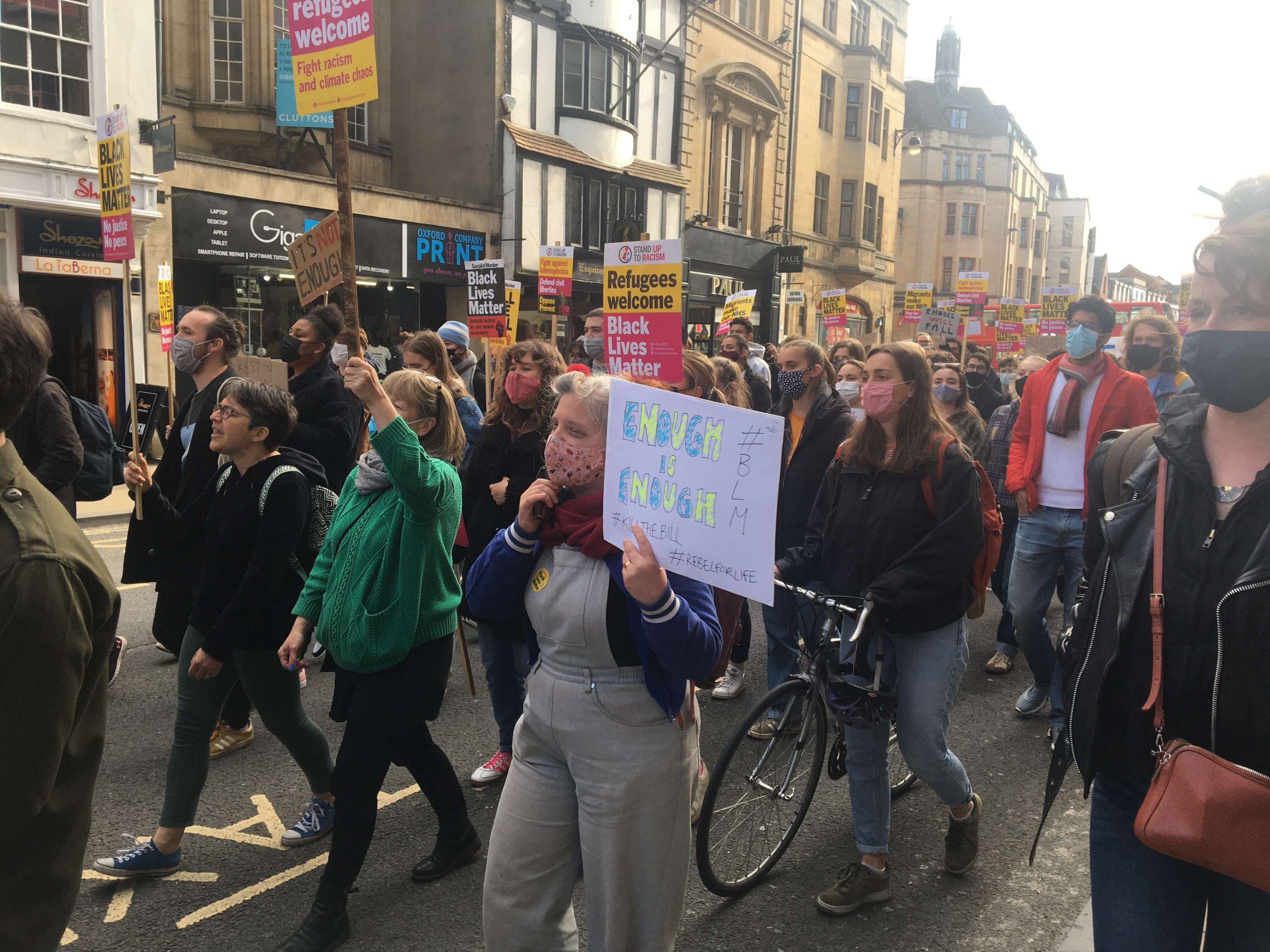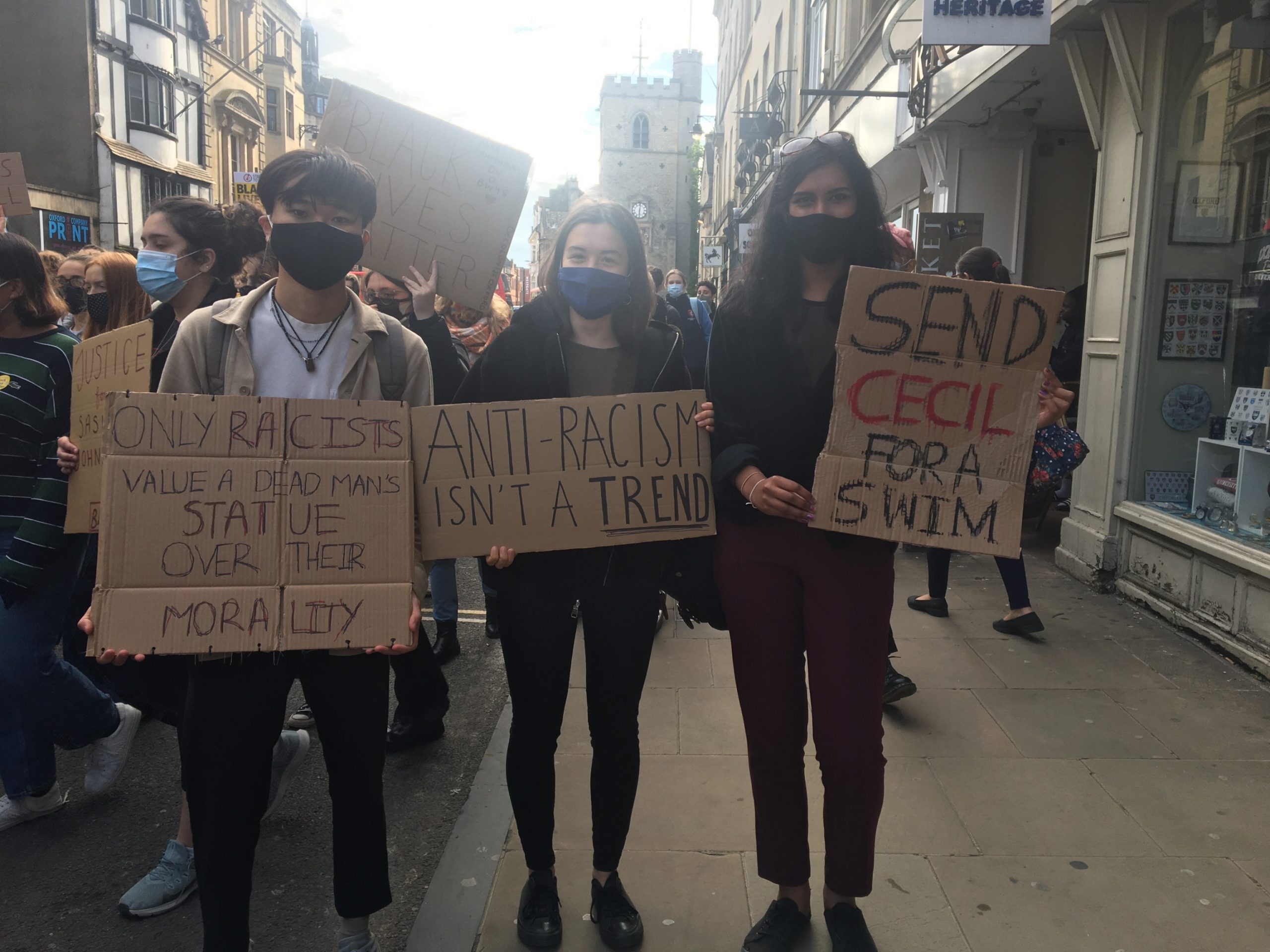On 13th April, the Japanese government approved the decision to discharge radioactive wastewater from the Fukushima Daiichi site into the Pacific Ocean over the next two years. The announcement came after March marked ten years since the most powerful earthquake and subsequent tsunami recorded in the country, which led to the disastrous INES Level 7 nuclear accident at the site. The decision proved to be controversial and immediately attracted critical voices and concerns from both Japan and nations and organisations around the world.
The powerful 2011 earthquake led to a triple-meltdown of the plant’s reactor cores. In order to maintain the stability of the power plant’s reactor, cooling water has been constantly drawn into the plant and, when mixed with rainwater and underground water collected in the plant, became contaminated by radioactive material. Large amounts of water were released into the ocean during the disaster, and in subsequent years more were released, both intentionally and due to leakages.
From March 2013, the plant’s operator, Tokyo Electric Power Company (TEPCO), implemented the use of a system known as ALPS (Advanced Liquid Processing System) developed by Toshiba, whereby water is collected and stored into a large number of containers to remove up to 62 types of radionuclides including caesium and strontium. However, the system cannot remove tritium, an isotope of hydrogen, from the contaminated water, and the current controversy is largely a result of contrasting opinions with regards to whether the treated ‘tritium water’ can be considered safe.
The 1061 containers with a total capacity of 1.37 million tonnes – enough water to fill 500 Olympic swimming pools – will reach their full capacity by autumn 2022. The solution presented by TEPCO to the ‘unavoidable issue’, as Prime Minister Yoshihide Suga put it, was for the ‘tritium water’ to be diluted to 1/40 of Japan’s national legal standard and 1/7 of WHO standard before being released into the Pacific Ocean. According to Japan’s regulatory officials, tritium is essentially harmless when consumed in small amounts. However, scientists like Katsumi Shozugawa pointed out that long-term consequences of exposure to tritium, even in low doses, has not been fully investigated and cannot be predicted. Furthermore, in August 2018 it was revealed by reporter Ryuichi Kino that the so-called ‘tritium water’ in fact does still contain significant amounts of radioactive substances, namely Iodine-139, the amount of which exceeded the legal limit by over 60 times.
A survey conducted by Asahi Shimbun suggested that only 32% of the Japanese public approved the government’s decision. For the public, especially residents of Fukushima and nearby Miyagi and Ibaraki prefectures, the concept of 風評被害 (fuhyo higai), meaning ‘damage from rumour’ or reputational damage, is of major concern. For the fishery and seafood industries, bans on products from Fukushima had only been lifted a year ago and a decade’s effort for products to regain public trust and re-establish a decent reputation would go to waste should the discharge become a reality. Many local fishermen and merchants expressed their ‘absolute opposition’ to the plan and ‘mistrust towards the nation and TEPCO’. Comments made by politicians such as Taro Aso, the Deputy Prime Minister who labelled tritium water as ‘drinkable’ further angered netizens. At the same time, attempts by the nation’s Reconstruction Agency to promote the ‘harmless’ nature of tritium and win public support through the use of an animated mascot largely backfired and the videos were swiftly pulled from air.
The backlash that followed the decision made on 13th April was not the first time that TEPCO came under public scrutiny. In July 2013, TEPCO admitted for the first time that failure in attempts to contain the contaminated water has led to significant leakages and around 300 tons of wastewater were pouring into the ocean each day. By 2016 an ‘ice wall’ was built at a cost of ¥35Bn to rein in excessive leakage, but as of February 2021, it was reported that water continues to leak from the reactors.
Neighbouring countries and organisations were quick to express their dismay at the news. Greenpeace called the decision a ‘breach of international maritime law’; Taiwan’s Atomic Energy Council expressed ‘deep regrets’ while South Korea’s Ministry of Foreign Affairs summoned the Japanese ambassador Koichi Aiboshi to protest. The most vociferous attacks yet came from China’s Ministry of Foreign Affairs. Its spokesperson, Zhao Lijian urged Japan to reconsider the decision and remarked that ‘the sea is not Japan’s bin and the Pacific Ocean not its sewage system’. Later in the month, Zhao shared a tweet which featured a Chinese artist’s parody of Katsushika Hokusai’s famous Ukiyo-e work, ‘the Great Wave at Kanagawa’, where fishermen in the original work were replaced by figures in hazmat suits dumping nuclear waste into the ocean while the iconic mount Fuji in the background was replaced by a cooling tower.
In contrast, the US provided support for the move, with Secretary of State Antony Blinken thanking Japan for its ‘transparent efforts’ in making the decision. Its climate envoy John Kerry said that the US ‘has confidence’ in Japan’s handling of the issue. The IAEA followed suit as its Director-General, Rafael Mariano Grossi welcomed Japan’s announcement and said that the Agency ‘stands ready to provide technical support.’
The current political climate of the region centred on the Sino-American relationship deteriorating to its worst in decades inevitably complicated and politicised the issue. It is no coincidence that a US-Japan summit took place in the same week following the announcement. As The White House announced a ‘partnership for a new era’ with Japan, it demonstrated the determination to stand by its ally, considered perhaps the most important in the region due to its economic power and geographical location. It was possible due to US pressure that the South Korean government softened its tone, suggesting that Seoul only wants ‘transparency and proof’ from the Japanese authorities, despite the still overwhelmingly negative public opinion against Japan’s decision and a significant number of ongoing protests.
It has been less than a century since Hahn and Strassmann discovered nuclear fission, but its power has already been profoundly utilised, with over 36 countries having operated around 18,500 cumulative years of commercial nuclear power. Recently the US government acknowledged its support for subsidies, in the form of tax credits, aimed at keeping open much of the country’s over 90 existing nuclear facilities open in order to meet its long-term climate goals under the Biden administration. Neighbouring critics of Japan’s decision, namely China and South Korea are also seeking to expand their nuclear power industries in the near future. Supporters of nuclear energy argue that it is a clean and sustainable energy source and point out that deaths from nuclear energy-related accidents per unit of electricity are significantly lower than that of other sources. Others point to the regulations and safety measures introduced following the Fukushima disaster. Moreover, far from simply providing jobs, nuclear power is still the most economic, efficient alternative to fossil fuel considered by many countries as pressure with regards to the reduction of greenhouse gas looms.
However, these at best justify the use of nuclear power as a short-term, transitional method to achieve carbon neutrality and does not negate the impact and dangers of nuclear power, made clear by disasters like Chernobyl. Radioactive particles from the 1986 disaster remain moving to this day and it would take another 44 years to fully decommission the reactors at the heart of the disaster. Many have returned to nearby villages and the plant itself, but the consequences of the disaster remain very much alive. After all, 35 years is a minuscule number in the face of millennia-long half-lives of isotopes released from the plant. Likewise, the full impact of the disaster at Fukushima, apart from the atmospheric and oceanic discharge and the over 164,000 people evacuated from within a 230 square miles radius, remain hard to fully estimate and comprehend. Faced with such uncertainties and the possibly irreversible changes to the natural world, over-reliance on nuclear energy can only be considered an unworthy and highly risky gamble.
Opinions on Japan’s decision have been relatively quiet in the West, not least because of the long geographical distance from the country, but the issue is worth drawing our attention to, not only because of the interconnected nature of oceans, but also the fact that 20% of the UK’s electricity currently depends on nuclear power, and the ongoing construction at Hinkley Point C demonstrates the determination of authorities to continue the nation’s heavy reliance on nuclear power. For the UK, the heavily-censored topic of the Windscale disaster of 1957 has largely faded from public memory, but the frequently updated government reports collections on the Sellafield site reminds us of the fact that the hazards are more realistic and closer to home than we might think.
The past weeks marked both the 51st Earth Day and the 35th anniversary of the disaster at Chernobyl. There is perhaps a no better time to consider the use of nuclear power and the collective, shared responsibility of humans towards the earth. If lessons can be taken from the past, authorities that are willing to put political and economic benefits above environmental impact and human lives must be questioned and held to account. It is important to realise that nuclear power only provides a short-term solution despite its economic attractiveness. The need for more green, sustainable alternatives requires closer examination and careful consideration along with the subject of climate change, featured more prominently in the media. As we await further developments at Fukushima, it is also important to set aside political agenda from our minds in order to properly appreciate the severity of the issue at hand. If implemented, the already conspicuous damage to the earth’s ecological system would be amplified and become more unpredictable.
Image Credit: “IAEA fact-finding team (02810461)” by IAEA Imagebank is licensed under CC BY-SA 2.0.






